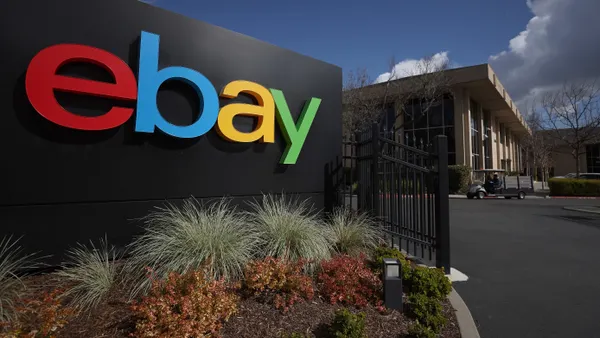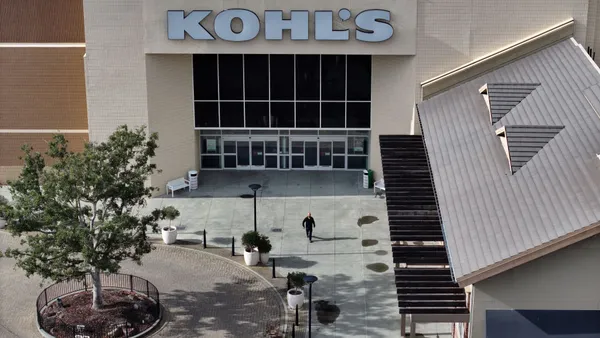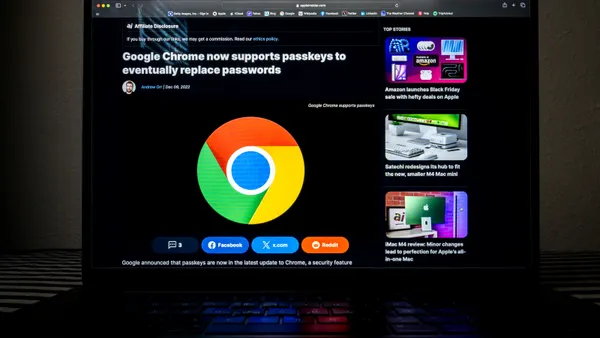Dive Brief:
- Following a mixed bag of Black Friday results, Cyber Monday brought in a record $11.3 billion in total spend, marking 5.8% growth year over year, according to data from Adobe Analytics. At the peak hour of 8 p.m. to 9 p.m. Pacific Standard Time, consumers were spending $12.8 million every minute, per Adobe.
- Toys, electronics and computers drove online spend, with the toys category seeing a 684% jump in sales compared to an average day in October. Discounts hit record highs across those categories, where electronics price cuts peaked at 25% off compared to 8% in 2021. Similar to trends from Thanksgiving this year, mobile shopping was strong with 43% of online sales coming from a smartphone on Monday.
- Buy now, pay later saw a surge in use starting during the holidays last week, which continued into Cyber Monday. During Cyber Week — which Adobe counts as Thanksgiving to Cyber Monday — BNPL orders increased by 85% compared to the week before and revenue from it increased 88%. From Black Friday to Cyber Monday, BNPL service provider Afterpay saw transactions rise by 120% compared to before the holiday.
Dive Insight:
Cyber Monday results show that categories that experienced inventory and demand issues throughout the year were of key interest to shoppers seeking deep discounts.
“With oversupply and a softening consumer spending environment, retailers made the right call this season to drive demand through heavy discounting,” Vivek Pandya, lead analyst at Adobe Digital Insights, said in a statement. “It spurred online spending to levels that were higher than expected, and reinforced e-commerce as a major channel to drive volume and capture consumer interest."
Across a variety of categories, discounts were reportedly deeper or flat compared to Black Friday sales, according to analysts at BMO Capital Markets led by Simeon Siegal and Daniel Stroller.
Popular retailers like Nike, Victoria’s Secret, Tommy Hilfiger and Nordstrom Rack were observed to be more promotional both year over year and in comparison to the past weekend, according to BMO.
Attributed to the fact that some shoppers returned to in-store shopping this year, Adobe said that overall usage of curbside pickup was down during Cyber Week. For retailers who offer the service, use of it on Thanksgiving and Black Friday was down to 13% from 21% last year. On Cyber Monday, the service was utilized in 17% of online orders, compared to 18% in 2021.
While Adobe’s figures are not adjusted for online inflation, the group said that even if it was, there would “still be growth in underlying consumer demand.” Additionally, the group’s Digital Price Index found that online prices have been nearly flat during the past few months, down 0.7% year over year during the month of October.













